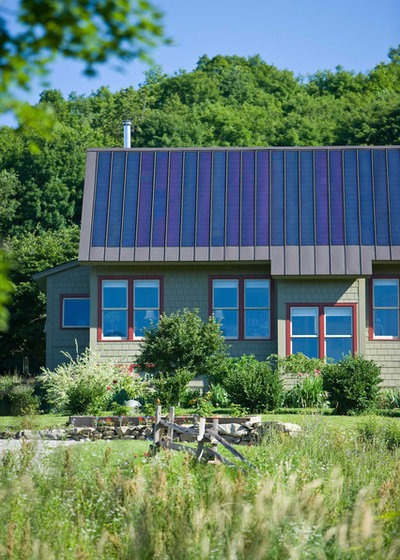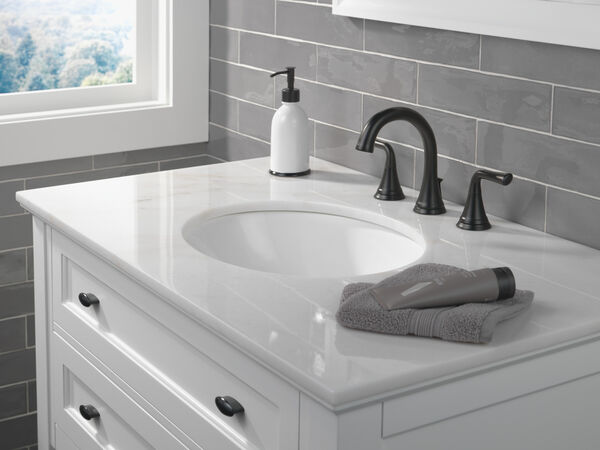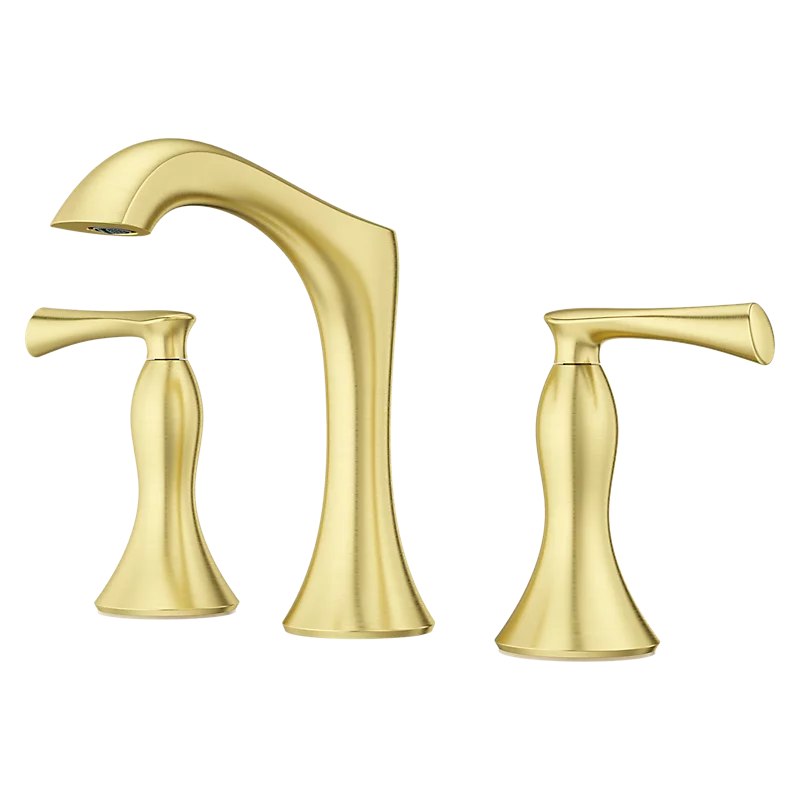Understanding the various roofing options can help you make an informed choice
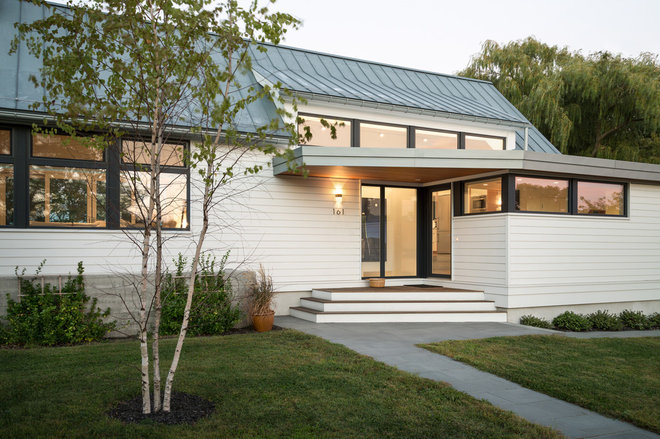
Considerations for Choosing a Roof Material
Let’s face it, a home without a roof is just four walls.
If you’re constructing a new home, the roof material type will be specified by your plan set, typically determined by your architect with your consultation. The color may or may not be determined at that point. The material type is important to specify early on because different roof material types have different weights, and loads are considered by engineers who take the roof weight into account before completing your home’s structural calculations.
There are advantages and disadvantages to the various roof material options, but there is one thing they all have in common: When properly designed and installed in the right circumstance, all the common materials reviewed in this article are up to the task and can properly do the job of protecting your home from the elements.
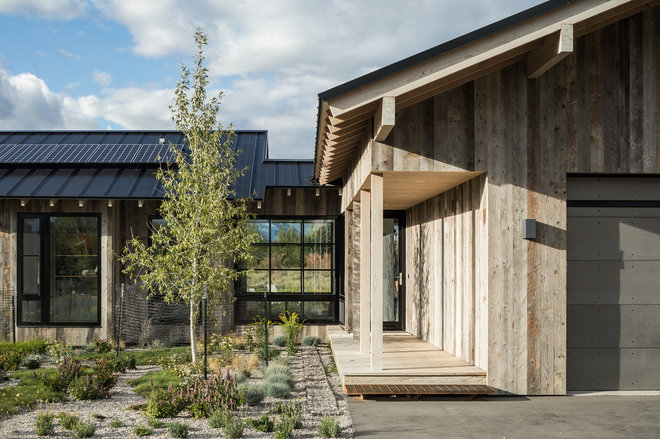
Cost. Cost is a significant consideration, and there is wide variation among the options available. The likely cost of each material type is noted in the individual elements of this series.
For remodels or re-roofing situations, there can be significant costs if your new roof material’s weight is greater than the material being replaced.
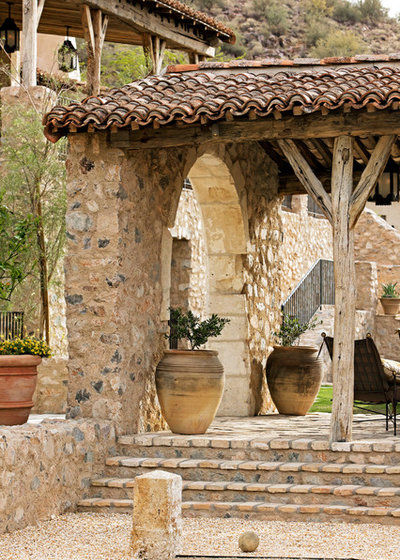
Design style. Since all the material types are more or less capable of doing the job (some have benefits relating to different climates), the style of the various options becomes a key aspect that you and your architect should consider.
Certain roof materials are good historical matches for certain home styles. An authentic Tuscan home, for instance, will likely want an authentic clay roof tile, although a concrete roof tile can provide a similar look at a better value.
This design by Oz Architectsshows an authentic clay roof tile installation. While clay and concrete roofs can look similar, a trained eye can tell them apart, with the true clay roof tile providing a more authentic, old-world look that is difficult to replicate exactly.
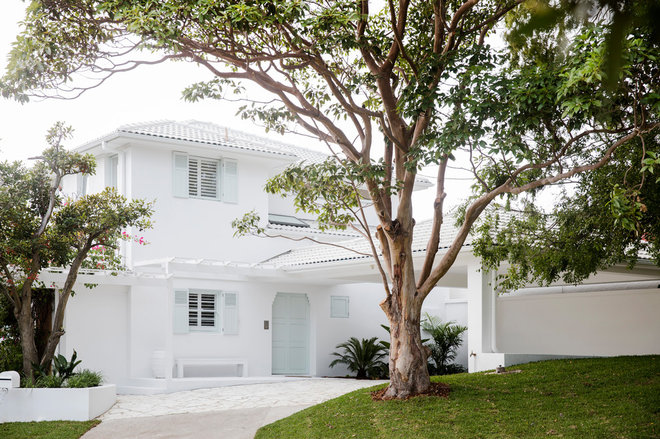
Roof Material Options
There are more options available than ever, and choosing one might seem difficult when you begin to review all the possibilities. But by educating yourself on the choices, and understanding how to prioritize their characteristics, you can make a selection you feel confident in.
The home here has a concrete, S-shaped tile that provides a look similar to clay at less expense. Roof tiles are offered in flat styles or various rounded shapes.
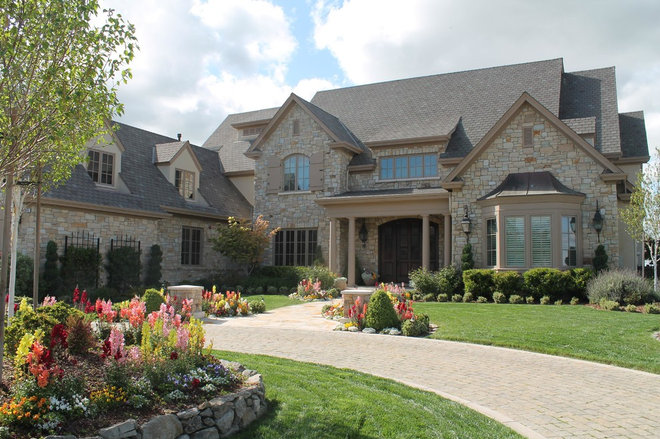
Asphalt or ‘composition’ roofs. Composition asphalt is the most common roof material used in the United States. It’s a relatively inexpensive option that’s easy to install, and it’s manufactured by many companies in a variety of colors and styles.
The type installed on the house seen here was an upgraded variety that goes very well with the lovely French Country home we recently constructed for one of our clients.
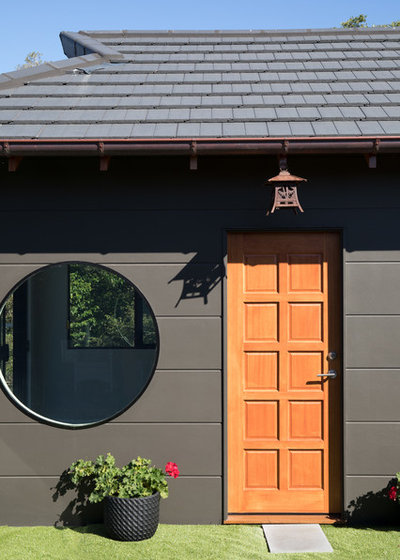
Concrete roof tiles. Concrete tiles offer characteristics similar (but not identical) to those of clay tiles. They are durable and can replicate the look of clay, slate and shake at significantly lower cost. The concrete roof tile seen here is a flat style.
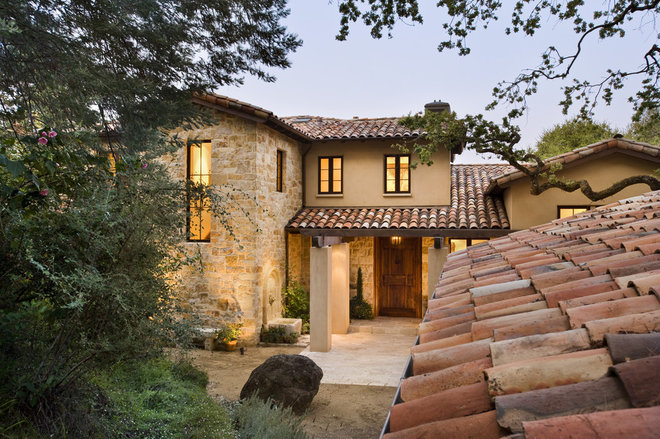
Clay roof tiles. Clay is an ancient, premium roof material with an old-world feel. It’s fragile and expensive, but it’s the romantic ideal for many authentic home styles.
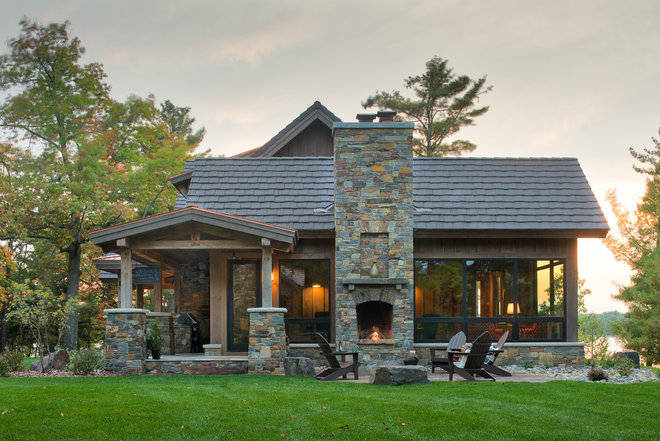
Slate roofs. The slate tile shown here is an authentic, durable roof material that offers a natural look that complements various home styles. Though costly, it offers natural beauty and long-lasting performance.
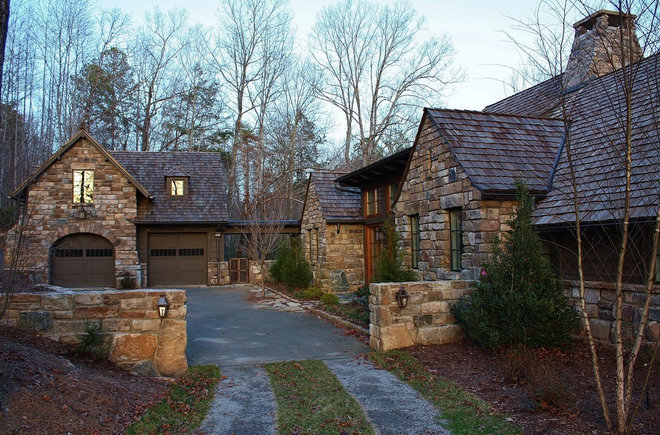
Wood shingles and shakes. This option is no longer the popular choice it once was, and it has a poorer fire rating than other materials. Still, many people like the historic look, and it’s a material that’s easy to work with. It also provides insulation value to the home.
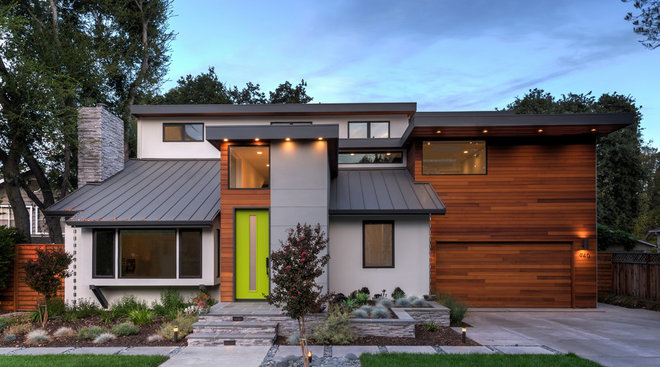
Metal roofs. This photo shows a clean-lined, stylish option called a standing-seam metal roof. As with the other options, there are various manufacturers and colors available.
Metal roofs can work well with modern architectural styles and can give a current touch to some older styles as well. It’s relatively costly, but it has high performance value.
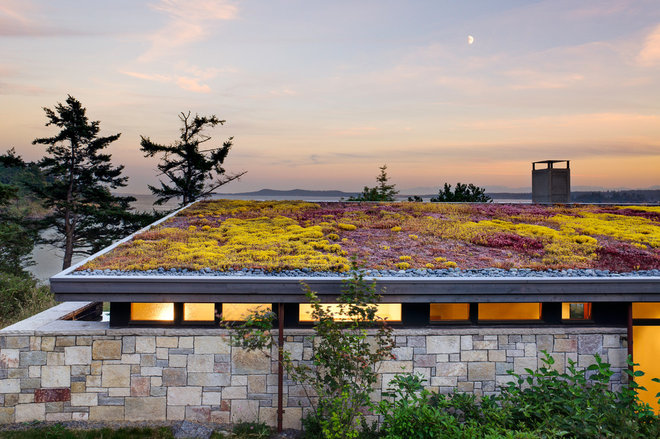
Alternative roof materials. There are various alternative roof materials you might consider if your home is the type that can truly stand out from the crowd and make a statement. Many of these materials are environmentally conscious options, like the living roof shown here.
